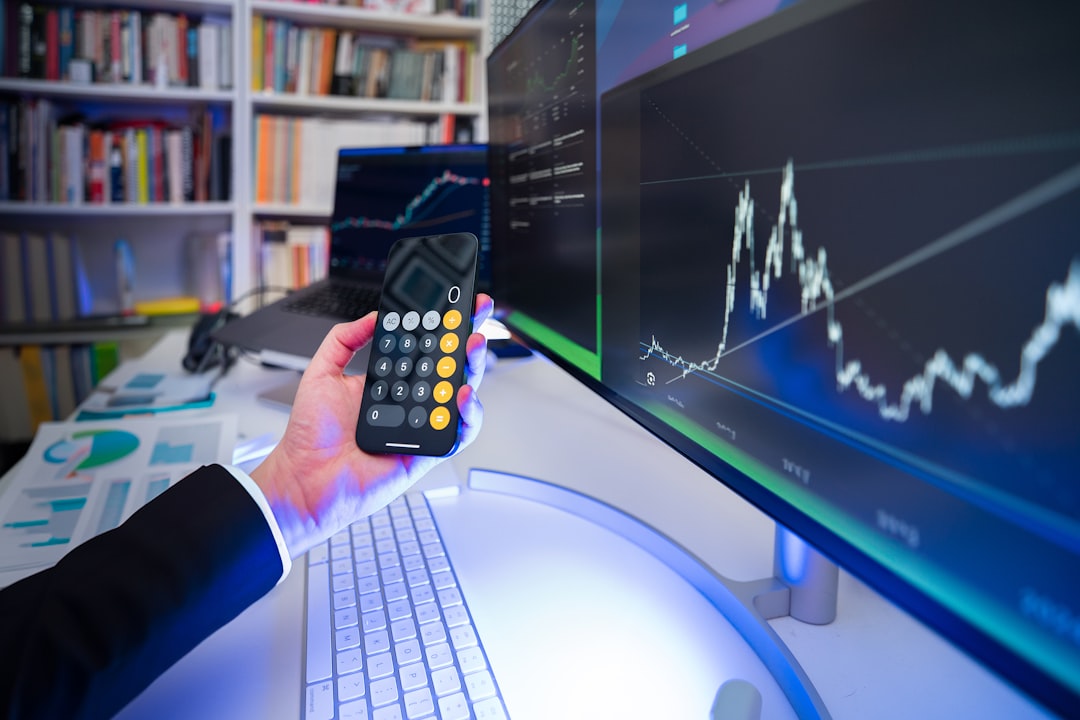In today’s dynamic retail environment, Big Data analytics has become more than just a buzzword—it’s a competitive necessity. U.S. retailers are handling ever-growing volumes of data, from customer transactions to social media signals. By leveraging advanced analytics techniques, businesses can make smarter decisions, personalize marketing, streamline operations, and ultimately boost profits. Below are key Big Data analytics techniques every U.S. retailer should embrace in 2024—and why mastering them is crucial for long-term success.
1. Predictive Analytics
Imagine anticipating a customer’s next purchase or knowing when demand for a certain product will spike—this is exactly what predictive analytics enables. By analyzing historical data alongside current market trends, retailers can forecast shopping behaviors, improve inventory management, and reduce waste. Platforms utilizing machine learning algorithms can refine these predictions over time, increasing accuracy and making your operations more efficient.
Key uses include:
- Sales forecasting
- Churn prediction
- Product demand modeling

2. Customer Segmentation and Personalization
Not all customers are created equal—and Big Data makes it easier than ever to treat them accordingly. Using transactional, demographic, and behavioral data, customer segmentation allows retailers to divide customers into meaningful groups. These segments can then be targeted with highly personalized offers or marketing messages that resonate with their specific preferences.
Advanced personalization engines can analyze real-time data to dynamically present content, offers, and product recommendations based on individual user behavior. This enhances customer engagement and can significantly boost conversion rates and average order values.
Example techniques:
- K-means clustering for segment creation
- Matrix factorization for product recommendations
3. Real-Time Analytics for Responsive Retailing
The digital-savvy consumer expects real-time responsiveness, whether it’s about product availability or flash deals. With real-time analytics, retailers can instantly act on new data as it’s generated—providing immediate insights into customer behavior and market trends. This agility translates into a more responsive and adaptable business model.

Applications of real-time analytics:
- Dynamic pricing adjustments based on demand or competition
- Real-time stock alerts and replenishment triggers
- Live social media sentiment monitoring
4. Sentiment Analysis and Social Listening
Modern consumers love to share their experiences on platforms like Twitter, Instagram, and Facebook. Sentiment analysis dives into this vast pool of user-generated content to gauge how customers feel about your brand, products, or services.
Retailers can use Natural Language Processing (NLP) to analyze not only the tone of the feedback but also to identify recurring themes and areas of concern. This technique can drive product development and customer service improvements, helping you stay tuned in to what people really think.
5. Market Basket Analysis
Market Basket Analysis (MBA) focuses on uncovering associations between products that customers often buy together. By examining transactional data, retailers can gain insights into purchasing patterns and use them to optimize store layouts, improve recommendation engines, or boost cross-selling tactics.
For example: If data shows that customers who buy organic granola bars often also buy almond milk, a retailer could place these items near each other or bundle them in promotions.
6. Price Optimization
Setting the right price involves more than just watching the competition. With Big Data, retailers can optimize pricing strategies by analyzing factors like purchase history, demand elasticity, competitor pricing, and even weather patterns. Advanced analytics can simulate different pricing scenarios to maximize revenue and profitability without alienating price-sensitive consumers.

7. Supply Chain and Inventory Analytics
A retailer’s ability to manage its supply chain efficiently can make or break its profitability. Big Data analytics provides end-to-end visibility, from sourcing and logistics to in-store stocking. By predicting supply chain disruptions and understanding real-time demand signals, businesses can mitigate stockouts and overstock scenarios—improving both customer satisfaction and operational performance.
Core techniques used:
- Time-series analysis for demand prediction
- Geo-analytics for transportation route optimization
Final Thoughts
The road to retail excellence in the U.S. now runs directly through the integration of smart, data-driven strategies. Whether you’re a boutique fashion store or a nationwide supermarket chain, mastering these Big Data analytics techniques will pay dividends in efficiency, customer satisfaction, and profitability. As competition increases and consumer expectations evolve, those who invest in mastering these tools today will be tomorrow’s retail leaders.
 logo
logo



